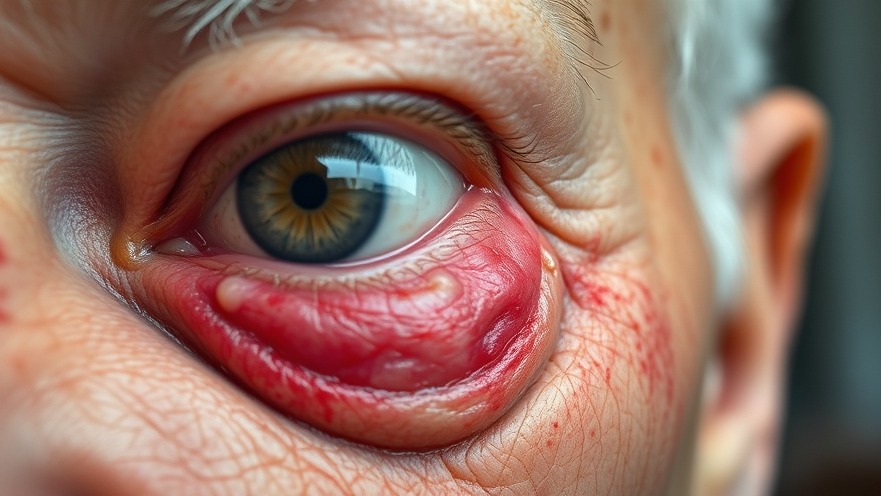
The Surprising Connection Between Vaccines and Heart Health
Recent research has revealed that certain vaccines are not just protective against infectious diseases, but also significantly reduce the risks of heart attack and stroke. Studies show that individuals who received their vaccinations—for diseases such as influenza or COVID-19—show a notable decrease in cardiovascular risks. This new insight challenges the common misconception that vaccines only provide short-term immunity and brings a broader understanding of their long-term health benefits.
What's Behind the Numbers?
According to the latest studies, individuals vaccinated against serious diseases tend to experience increased heart health. The data suggests that the immune response generated by vaccines can help protect the cardiovascular system as well. This occurs because vaccines can reduce inflammation and improve the body’s overall response to infection—a factor crucial in preventing heart issues.
The Bigger Picture: Vaccines Beyond Infection
This finding ties into larger discussions about public health. Vaccines have always been heralded for their role in preventing disease. However, new studies position them as tools for maintaining cardiovascular health too. This dual benefit can change conversations around vaccination, highlighting its importance not just for personal health but also for community health, especially among vulnerable populations.
Addressing Common Misconceptions
Many people still harbor doubts about vaccines, influenced by misinformation or fears regarding side effects. It's crucial to address these misconceptions through clear communication and education. Vaccines can lead to significantly improved overall health, which extends beyond simply avoiding infections, creating a ripple effect that could enhance life quality—especially for seniors and other at-risk groups.
What This Means For Seniors
For elderly populations, this new understanding of vaccine benefits is particularly critical. Older adults are at a higher risk for both infections and cardiovascular events. Thus, by getting vaccinated, they are not just protecting themselves from disease; they are potentially improving their heart health. This insight should motivate seniors and caregivers to make informed choices regarding vaccinations.
Future Directions in Vaccine Research
The implications of these findings are vast. Researchers are now looking into how various vaccines can directly affect heart health. With ongoing studies and trials, there may soon be even more recommendations regarding vaccines not only for infection prevention but also as a means to maintain or improve cardiovascular health.
In conclusion, understanding the dual benefits of vaccines empowers individuals to protect their health thoroughly. Vaccination is a proactive strategy that provides both immediate and long-term health advantages. Whether you are young or old, staying informed on the latest health information is key to making the best decisions for your well-being.
 Add Row
Add Row 

 Add
Add 


Write A Comment